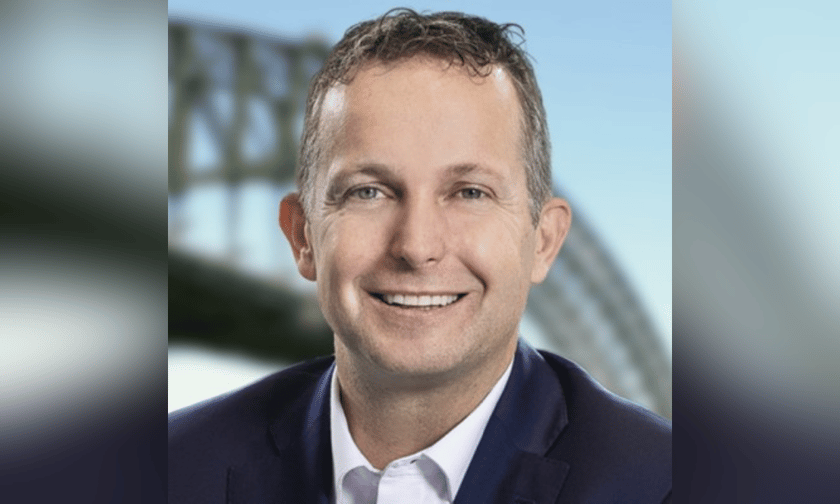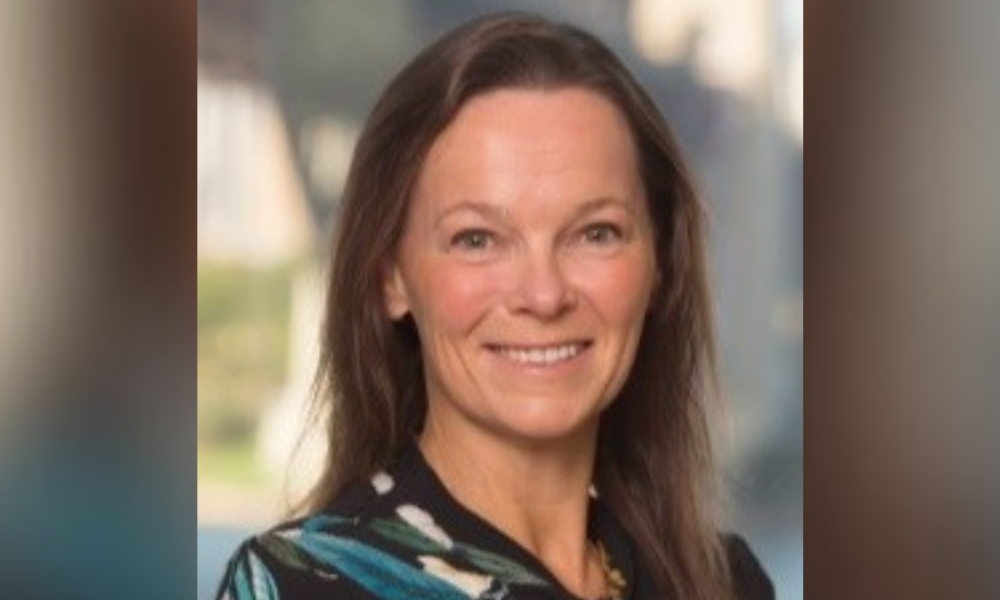

“As a successful company and a successful group of intermediaries, we have a responsibility to say, ‘Are we making too much money out of this transaction?’” said Robert Kelly. “[And] If we are, that we will carve a little bit on our commission structure in order to abate the price increases.”
The CEO of Steadfast Group made the comment during his firm’s Wednesday presentation of 1H24 financial results. Kelly was answering a question about pressures on broker commission rates.
His response included the issue of insurance costs and the responsibility of firms like Steadfast when average Australians, he suggested, are struggling with the high cost of their coverages.
However, he said there is currently no prospect of decreasing the commissions brokers charge.
“I think, at the moment, we can answer that very correctly, that there is no pressure on us in the foreseeable future or under discussion about reducing the revenue structure for commercial insurance in Australia and New Zealand,” said Kelly.
A focus of Wednesday’s investor presentation was Steadfast’s expansion plans and merger and acquisition (M&A) pipeline in the United States. One investor asked when Steadfast expects to start closing M&A deals in the US?
Kelly said there isn’t a deal on the table but suggested the prospects are promising.
“We’ve actually already had interest from customers from ISU Group,” said Samantha Hollman (pictured below) Steadfast’s CEO – International. “We’re doing member visits, we’ve started our first lot in a certain region of the US to educate them a little bit more and get some information back from them.”
Kelly said the only way some of these US businesses can raise money is to sell to private equity.
“We present a different proposition to say, if you still want to work in your businesses, we’re happy to take 50% and work with you along that line,” he said. “So that paradigm has never been offered to them in the past.”
Kelly said this proposition is “pretty conducive” on firms to ask what Steadfast pays based on that percentage ownership.
Kelly was also asked about the broader economic outlook and how his business would deal with ongoing premium rate increases and pressures like inflation. He said his firm believes there will be a “plateau” in the economic conditions that could come in 18 months or two years.
“This is something that we work on and are continually looking at: How we can improve our organic growth,” said Group COO Nigel Fitzgerald (main photo above). “Inorganic growth is a huge part of our recognized DNA so we’ve been working consistently on looking at our existing businesses and our existing assets and how we mature those to reaching their full potential.”

He said Steadfast is actively working with its businesses around organic client growth and using that as a key indicator for its future strategic direction.
“We still have a lot of available runway in all of those areas to improve our strategic penetration,” said Fitzgerald. “I think you could picture us as purely focused on both continuing disciplined inorganic growth and heavily focused on how we grow organically with our existing businesses and assets.”
Kelly added that they know through benchmarking that “there are gaps” where “expense ratios” need to considered.
Kelly said “the number one thing” Steadfast discusses with its equity brokers and equity underwriting agencies is organic growth.
“They’ve had a pretty good run with the increased turnover that they’ve been able to do,” he said. “They all recognize, that will come [slowing down of organic growth] - not slamming into a brick wall - but it will start to ease and they’re all keen to make sure that they’re lean and they’re organic.”
Kelly said part of the discussion with brokers involves whether existing expense ratios can continue to be maintained and still increase business volumes.
Steadfast’s financial results reported that the broking network is growing at a rate of about 10% and agencies at nearer 6%.
“I think it’s pretty simple,” said Kelly when he was asked to explain this difference.
“The majority of that easing back comes out of CHU,” he said. “It came back from the fact that as market leaders, we have to make a decision at our portfolio that we have to implement and, this sounds arrogant, but I think our actuaries are pretty clever about pricing what the price should be.”
Are you an insurance industry stakeholder? How do you see Steadfast’s results? Please tell us below.
